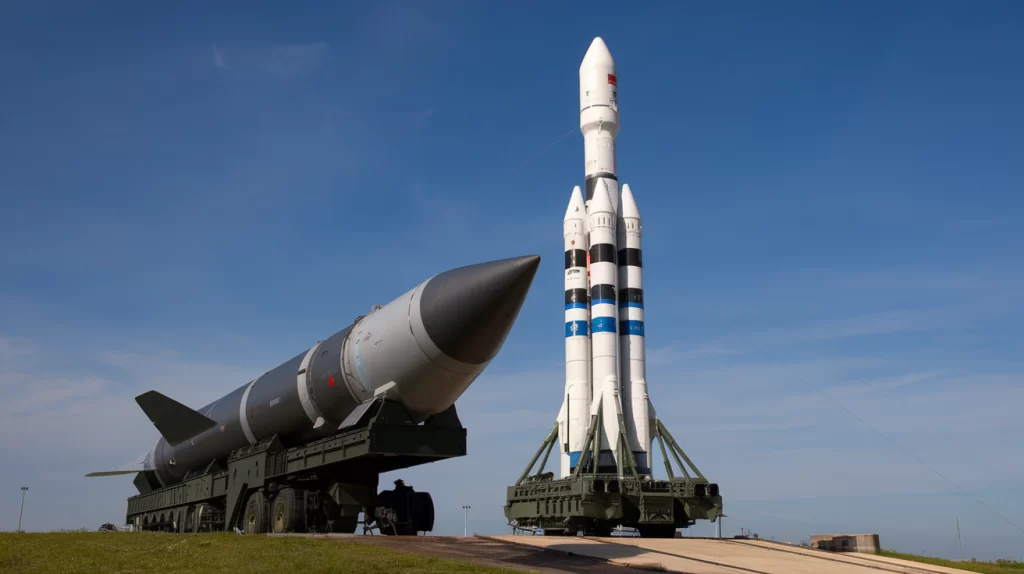Strategic Growth in Military Platforms: Market Set to Reach USD 77 Billion by 2030 Amid Global Defense Investments
The Military Platforms Market is projected to experience substantial growth, expanding from USD 51.87 billion in 2024 to USD 77.08 billion by 2030, with a strong CAGR of 6.8%. This anticipated expansion is fueled by rising global defense budgets, geopolitical tensions, and an increasing focus on border security and intelligence capabilities. Governments worldwide are investing in sophisticated military platforms to bolster national defense and maintain technological superiority in a rapidly evolving threat landscape.

Download PDF Brochure @
https://www.marketsandmarkets.com/pdfdownloadNew.asp?id=109616288
Market Trends Driving Growth
1. Surge in Defense Budgets and Modernization Efforts:
Countries worldwide are prioritizing defense spending to enhance military capabilities, especially as geopolitical dynamics become more complex. Many are pursuing modernization programs to replace or upgrade aging fleets, investing in next-generation platforms that integrate advanced stealth, radar, and autonomous systems.
2. Technological Advancements in Military Platforms:
Military platforms are benefiting from breakthroughs in AI, autonomous functionality, and advanced radar systems. These technologies enhance situational awareness, decision-making, and target acquisition, making platforms like fighter jets, submarines, and armored vehicles more effective in high-stakes, multi-domain environments. The emphasis on smarter, versatile systems has driven demand for platforms that excel in dynamic and complex combat scenarios.
3. Multi-Domain Operations and Platform Interoperability:
As modern warfare shifts toward multi-domain operations, there is a rising need for systems that function effectively across land, sea, and air domains. This trend has propelled demand for platforms that offer seamless integration and adaptability, enabling forces to collaborate across various branches and deploy assets more efficiently.
Key Segments within the Military Platform Market
Air Platforms:
Military aircraft, including fighter jets, transport planes, and surveillance drones, are critical for achieving air superiority and rapid deployment. The military aircraft segment is expected to see rapid growth due to the need for air dominance and quick response capabilities. Models such as the F-35 Lightning II and the Boeing KC-46 Pegasus are in high demand, reflecting a broader shift toward stealth capabilities, precision targeting, and improved avionics.
Land Platforms:
The land segment, covering main battle tanks, armored personnel carriers, and unmanned ground vehicles, is essential for on-ground operational effectiveness. Innovations in land platforms focus on active protection systems, unmanned support, and advanced targeting, enabling vehicles to perform in increasingly contested environments. Vehicles like the Leopard 2A7 and Joint Light Tactical Vehicle (JLTV) represent these advancements, enhancing both defense and offensive capabilities in land operations.
Naval Platforms:
Naval assets, including destroyers, frigates, and submarines, play a critical role in securing maritime borders and responding to global crises. Upgrades in sonar, radar, and weapon systems are equipping these vessels to operate effectively even in heavily monitored waters. Innovations in naval stealth and propulsion technology are making destroyers and submarines more agile and harder to detect, adding a vital layer of protection and offensive capability.
Ask for Sample Report @
https://www.marketsandmarkets.com/requestsampleNew.asp?id=109616288
Leading Companies Shaping the Market
Key players such as Lockheed Martin, BAE Systems, Leonardo S.p.A., Rheinmetall AG, and Thales are leading innovation within the military platform market. These companies are investing in R&D, focusing on technologies that improve platform interoperability, agility, and survivability. Partnerships and collaborations with defense departments and other industry leaders are enabling them to push the boundaries of what military platforms can achieve in modern combat environments.
24World Media does not take any responsibility of the information you see on this page. The content this page contains is from independent third-party content provider. If you have any concerns regarding the content, please free to write us here: contact@24worldmedia.com

